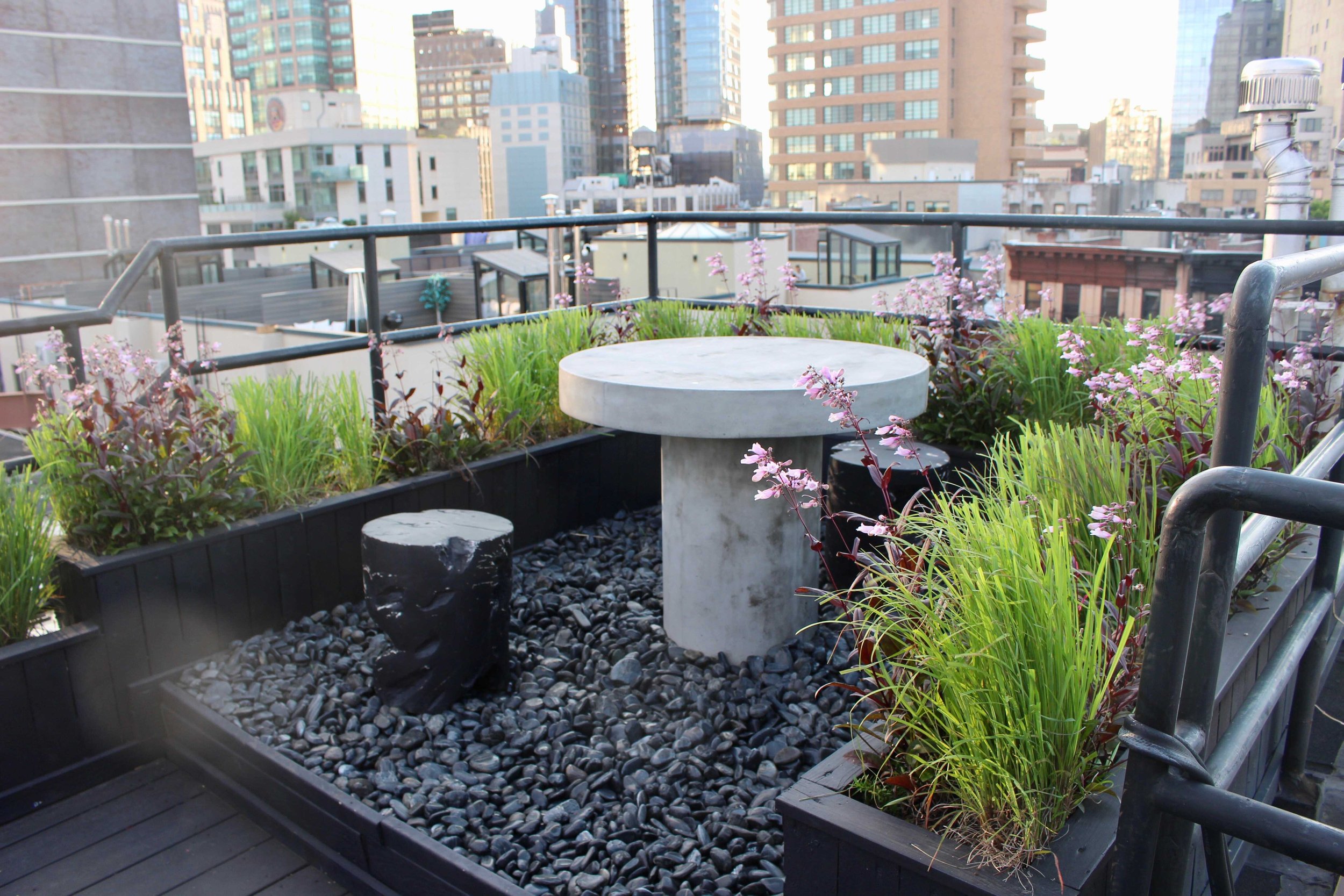
Cottage Garden
While working with Native NY Gardens, Mackenzie designed a cottage garden–style native meadow for a client in Queens, NY. For this project, the entire lawn was removed and replaced with a diverse and beautiful composition of flowering perennials and grasses, all woven together with gravel pathways.
Location:
Queens, NY
Year:
2017
Client Review
Joseph M
“The meadow is absolutely beautiful and full of life. So many bumble bees, honey bees, monarch butterflies and fire flies. I love to sit on the porch in the meadow and watch it teeming with life. Mackenzie is an artist. He designed the meadow and shared a sketch. He and Johnny then spent two days tearing up the lawn and installing the plants and a beautiful gravel path. As they were working, I asked them if they ever meditate. Mackenzie, paused from tearing up the Earth, smiled and said, this is our meditation. These guys love what they do. They're knowledgeable, reliable and just genuinely good souls. We feel very blessed to have found them through an internet search for native plants that are good for pollinators.”
Advice for Those Interested in Starting a Garden: Understanding Framing
If you're thinking about creating a garden, one of the most helpful design principles to begin with is framing. This simple yet powerful concept helps define where your garden begins and ends—bringing clarity, structure, and a sense of purpose to your outdoor space.
Framing is especially important in cottage-style and native plant gardens, where looser, more natural plantings can benefit from a strong underlying structure. Mackenzie often uses this concept to give form and focus to a space. In the project pictured here, for example, the garden is framed by a hedge on one side and the house on the other. These boundaries contrast beautifully with the free-flowing plantings, helping the viewer recognize the design’s intentionality.
People often wonder where—or how—to begin a garden. Mackenzie suggests starting by defining the frame, and then working within it to bring your vision to life.
Begin by identifying a strong edge or 90-degree angle—such as the side of a house, a fence, a wall, or a driveway. It might also be the edge of a lawn or a smaller area within it. From this anchor point, measure out a rectangle or square to define your working space.
If you prefer natural shapes, don’t worry—you can still create curves and organic forms within this structured framework using plant masses, pathways, and design gestures. Once the space is defined, you’ll be able to estimate materials, plant quantities, time, and labor. The canvas is now primed—time to paint.






